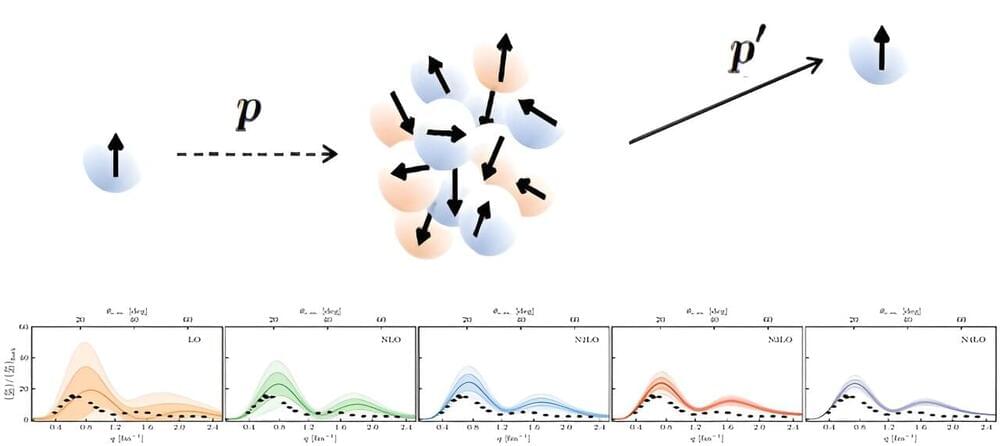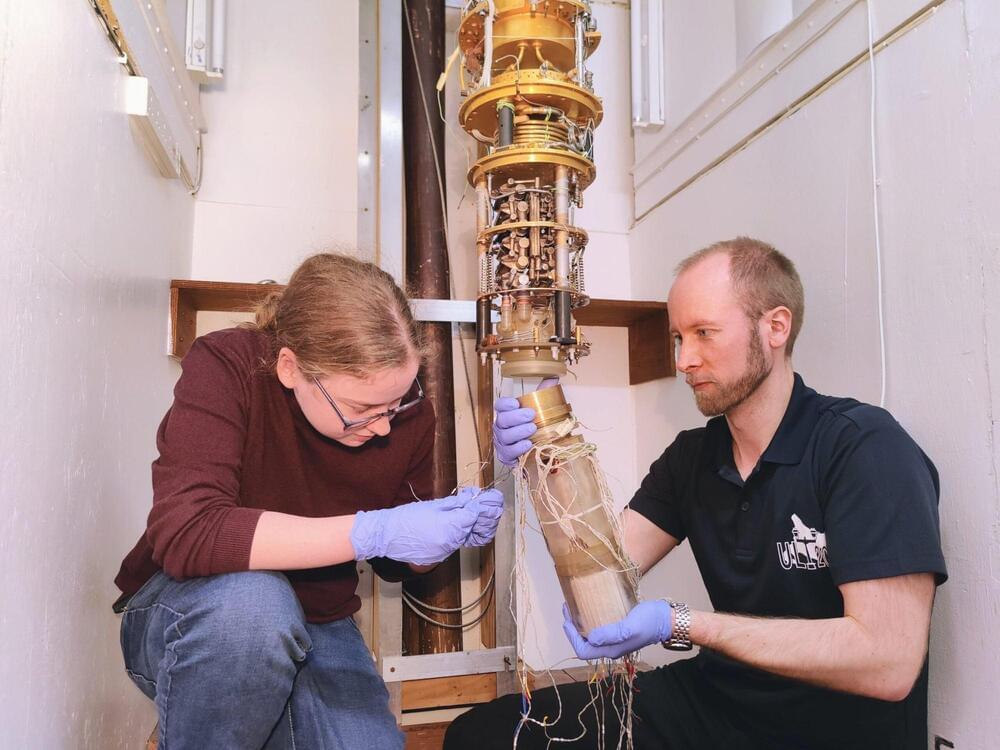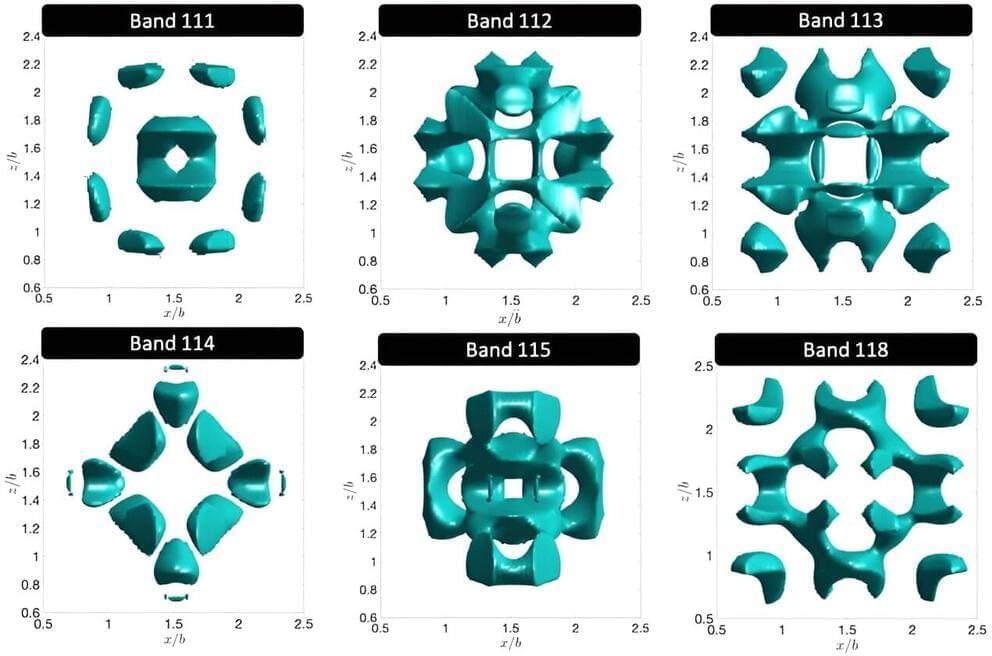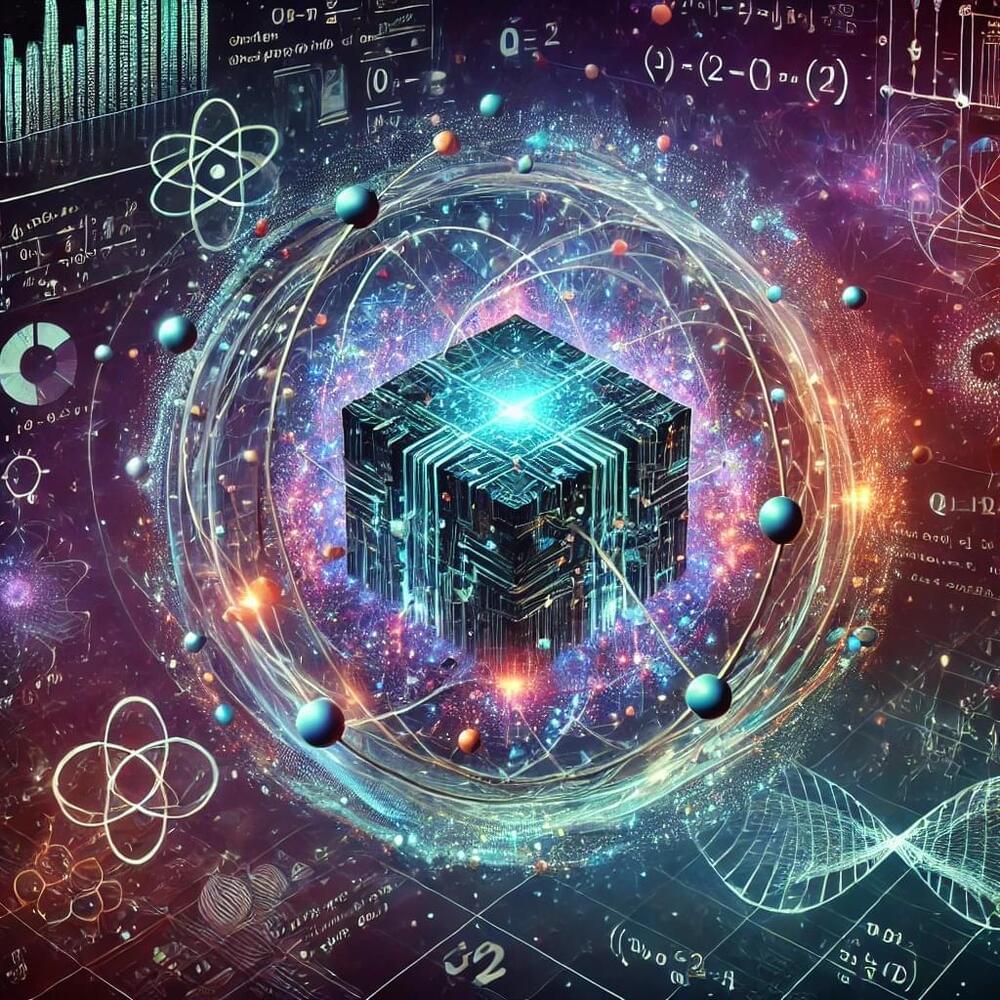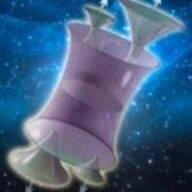When atomic nuclei and subatomic particles interact, the results are incredibly complex. These are the “many body problems” of quantum mechanics. To help make sense of these interactions, scientists create ways to simplify the range of possible outcomes.
One example is “effective interactions,” which simplify the interactions between a nucleon (a proton or a neutron) and an atomic nucleus. Effective interactions help scientists develop theories of the reactions that result when nuclei collide with each other or with subatomic particles.
These tools are part of a group of methods called effective field theory (EFT). EFT in turn is a type of approach called “ab initio,” or “first principles.” Ab initio means a calculation starts with the established laws of physics without any other assumptions.
